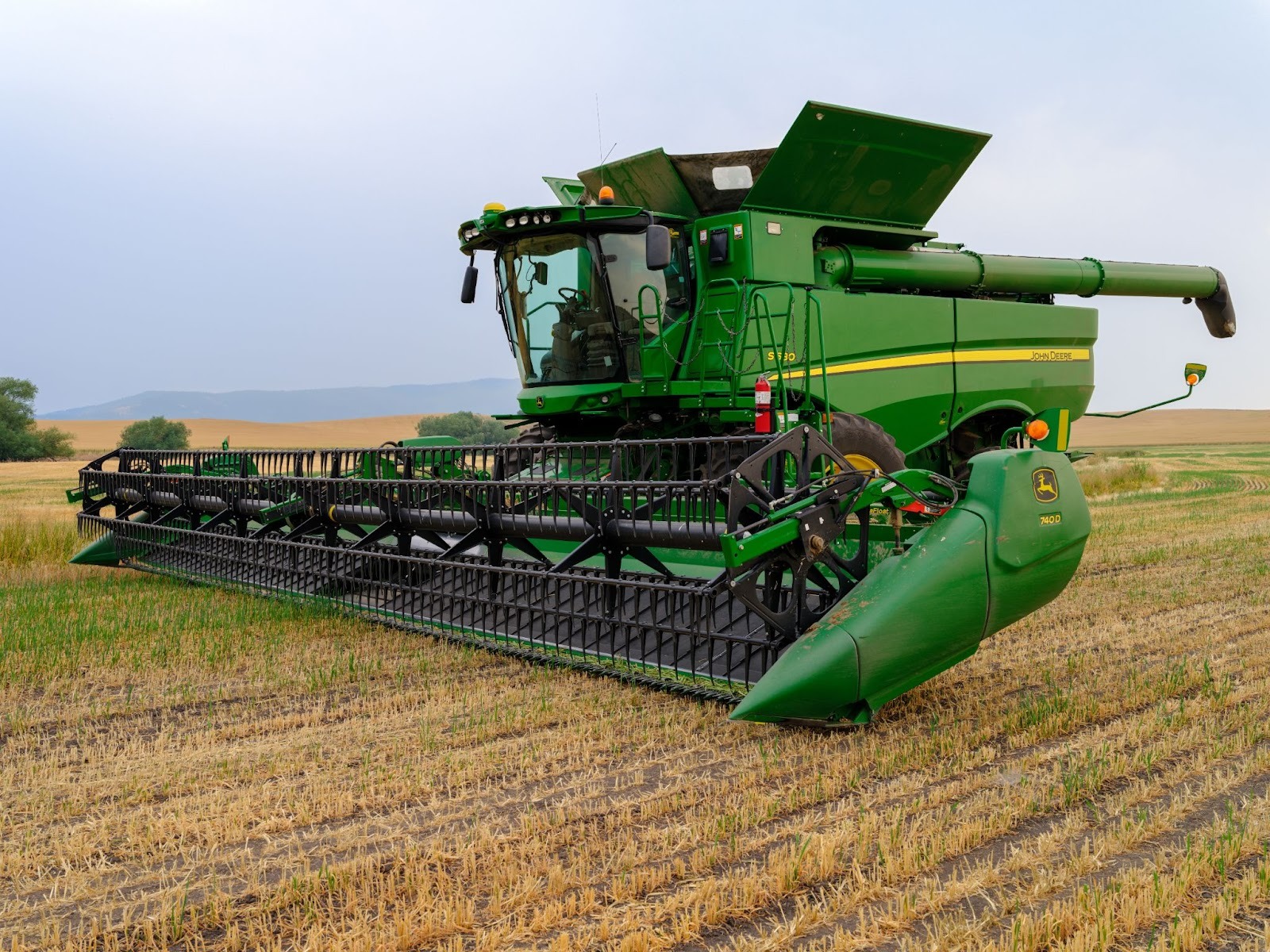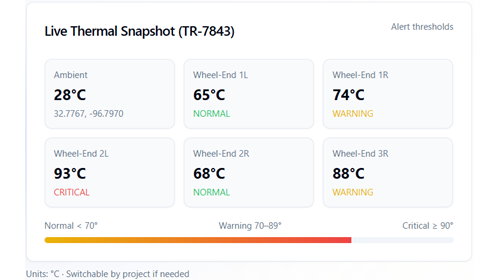
/
November 7, 2025
/
#
Min Read
The Right-to-Repair Revolution Meets Software-Defined Vehicles
In recent years the “right to repair” movement has exploded - not just for smartphones and laptops, but for vehicles, farm equipment and heavy machinery. Independent mechanics, owners, and operators are asking: if more of the vehicle is software, then repair should not remain locked solely to OEM-authorized dealers. Meanwhile, manufacturers and suppliers worry that opening access to diagnostics and software may expose trade secrets, compromise cybersecurity or undermine IP.
We’re at a turning point: software-defined vehicles (SDVs) force diagnostics and servicing to evolve - and at the same time, repair-access mandates are spreading fast. The question isn’t whether access will be required, but how to manage it securely, scalably and without sacrificing IP or uptime. Enter SOVD.
A Snapshot of the Regulatory Landscape
Automotive
In the United States, the federal REPAIR Act (H.R. 1566 / S. 1379) would require automakers to share vehicle-generated data, diagnostic tools, and repair software with owners and independent service providers under fair-access conditions. At the state level, seven states have enacted automotive right-to-repair laws, while five more are considering or have pending bills, creating a patchwork of regional mandates. The landmark Massachusetts ruling in February 2025 upheld voter-approved vehicle data access, cementing the legal foundation for standardized and secure third-party diagnostic access. For OEMs and suppliers, this shift underscores the urgent need for unified, governed data frameworks that satisfy both access requirements and cybersecurity expectations.
Farming & Agriculture Equipment
Right-to-repair momentum is equally strong in farming and agriculture equipment where downtime translates directly to lost yield and revenue. Colorado became the first state to enact a comprehensive agricultural right-to-repair law, and 15 other states are actively considering similar legislation. At the same time, the FTC’s 2025 antitrust action against John Deere highlights mounting pressure on equipment manufacturers accused of restricting diagnostic software and repair tools. These developments signal that farm and industrial OEMs will face the same accountability as automakers - compelled to balance secure software control with open service accessibility for dealers, fleets, and independent operators.

International Outlook
Beyond the U.S., right-to-repair is seeing international traction. Canada’s Bills C-244 and C-294, enacted in late 2024, require manufacturers to permit circumvention of software locks for legitimate repair and interoperability purposes. In the European Union, the newly enacted Right-to-Repair Directive obliges OEMs to provide spare parts, documentation, and diagnostic access for up to ten years after sale - including digital and software-based tools. Both frameworks set a precedent: manufacturers can no longer cite cybersecurity or intellectual property as blanket exemptions. Instead, they must adopt secure, standardized interfaces like SOVD to deliver compliant, auditable, and efficient service data access worldwide.

Why OEMs are Concerned
Manufacturers raise three broad concerns:
- Cybersecurity: Opening remote access or sharing diagnostics could expose vehicle systems to attack vectors.
- Intellectual Property / Trade Secrets: Diagnostic routines, calibration software, HPC code, and high-value algorithms may become exposed.
- Operational Integrity & Uptime: For fleets and service channels, uncontrolled access or non-standard tools can degrade reliability or increase warranty cost.
Why Service and Software Must Be Reimagined in SDVs
Software-Defined Vehicles (SDVs) change the nature of servicing. Traditional diagnostics relied on UDS and OBD protocols, but SDVs push much of the intelligence into high-performance computers (HPCs), connectivity stacks, and cloud ecosystems.
The result: servicing is no longer optional-it’s integral to customer experience, warranty cost and uptime. Now, diagnostics, updates, logging, calibration, and remote triage must work across onboard, proximity and remote contexts.
Repair access demands scale accordingly: independent repairers, fleet operators, dealers and OEMs all need governed access to diagnostic data and software workflows. But that access must still meet the OEM’s need to protect IP, audit actions, and ensure uptime.
How SOVD Addresses the Tension
The ASAM SOVD standard (Service-Oriented Vehicle Diagnostics) provides specifications for a standardized API interface for diagnostics and updates in software-defined vehicles.
Here’s how SOVD helps resolve the right-to-repair / software-defined vehicle tension:
- Uniform Interface: Whether diagnostics happen in the bay, over proximity (e.g., technician at vehicle), or remotely from the cloud, SOVD provides a consistent API. This simplifies tool sets and reduces bespoke integration risk.
- Governed Access: SOVD supports discovery of “capabilities” (what functions are allowed) and role-based access control so that independent repairers, OEM service, or fleet operators only see what they’re authorized to see.
- Encapsulation of IP & Security: Rather than full raw access to ECU software or hidden code, SOVD exposes diagnostic services in a controlled manner-helping OEMs meet repair-access mandates while protecting internal architectures.
- Lifecycle Coverage: From manufacturing test cycles to after-sales repair to over-the-air updates, SOVD spans the lifecycle. This means the same infrastructure supports right-to-repair access without building a separate island.
- Software-First Architecture: Because SOVD is HTTP/REST/JSON-based, it aligns with modern software development, cloud workflows and remote tools - exactly what SDVs require.
Implications for Automotive, Agriculture and Beyond
For passenger vehicles, fleets and commercial equipment, SOVD opens a path that satisfies both sides: repair-access and operational excellence.
- In agriculture, where high-value equipment downtime can cost millions, the ability to allow independent repairers access without sacrificing the OEM’s IP or cybersecurity is a major enabler.
- For OEMs, rather than viewing right-to-repair as a threat, SOVD makes it an operational advantage: improved uptime, reduced warranty cost, and standardized service across regions.
- For fleets and service networks, fewer tool variants, easier integration with back-end systems, and a unified diagnostics/update architecture means service becomes a differentiator rather than a cost center.
Final Word
As right-to-repair accelerates around the globe and vehicles become software-defined, the old dichotomy of “open access vs. secure IP” no longer holds. SOVD offers the bridge. By standardizing diagnostics and updates, it transforms repair-access mandates from a compliance burden into a service management opportunity - enabling OEMs, fleets and independent repairers alike to thrive in the SDV era.
Sibros SOVD: Delivering the Standard Today
At Sibros, we’ve built a full SOVD Admin + Client platform that supports OEMs, suppliers and service networks. With our solution you get: rapid deployment of SOVD-based diagnostics across the vehicle lifecycle, role-based access, remote triage workflows, and a software backbone that works in bay, proximity and cloud.
Sibros SOVD Client Demonstration
If your organization is seeking a partner to help you navigate the evaluation and implementation of SOVD, get in touch with us to speak with a subject matter expert today.






-min.png)



